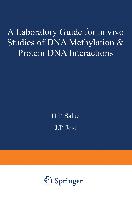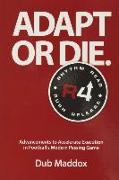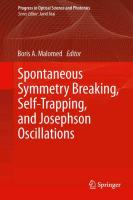A laboratory guide for in vivo studies of DNA methylation and protein/DNA interactions
BücherAngebote / Angebote:
A Safety Considerations Genomie sequencing involves a number oj hazard ous steps, such as high eurrent, high voltage, radioaetive and highly toxie chemieals. It is, the- jore, absolutely essential that the instruetions oj equipment manu/aeturers bejollowed and that par tieular attention is paid to the loeal and jederal safety regulations. I Introduction 13 B Introduction Hypomethylation ofDNA has been positively correlated with thc activation of many eucaryotic genes. During the transition from inactive to active genes changes in the protein/DNA interaction pattern occur. Tran scriptional activation of eucaryotic genes is mediated by specific interac tions oftransacting factors with their respective DNA binding sites in Lhe control regions (promoters, enhancers) ofthe genes. This process is ofLen accompanied by changes in local chromatin strucLure, witnessed by the appearance of nuclease hypersensitive sites, as weil as by changes in protein-DNA interactions and, in the case of higher eucaryotes, alterations ofthe cytosine methylation pattern. The sole available experimental tech nique that permits the study ofthe latter phenomena at single nucleotide resolution is direct genomic sequencing/footprinting, pioneered by Church and Gilbert (1984). This method combines the chemical DNA sequencing procedure of Maxam amI Gilbert (1980) with thc detection 01' DNA sequences by electroblotting and indirect end-Iabeling by hybridiza tl0n. An alternative possibility is the novel procedure (Saluz and . lost, 1989), using Taq polymerase. The first steps 01' both meLhods are essen tially the same: total genomic DNA is digested wiLh a suilable restriction enzyme and the resulting DNA fragments are chemically sequeneed.
Folgt in ca. 5 Arbeitstagen




